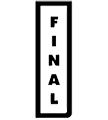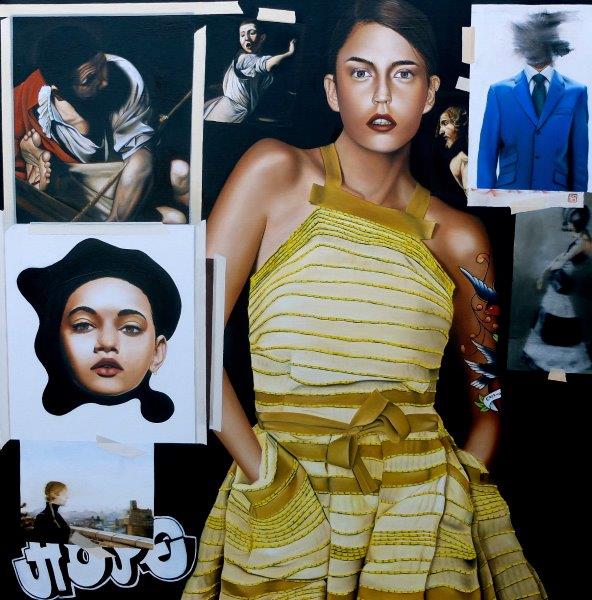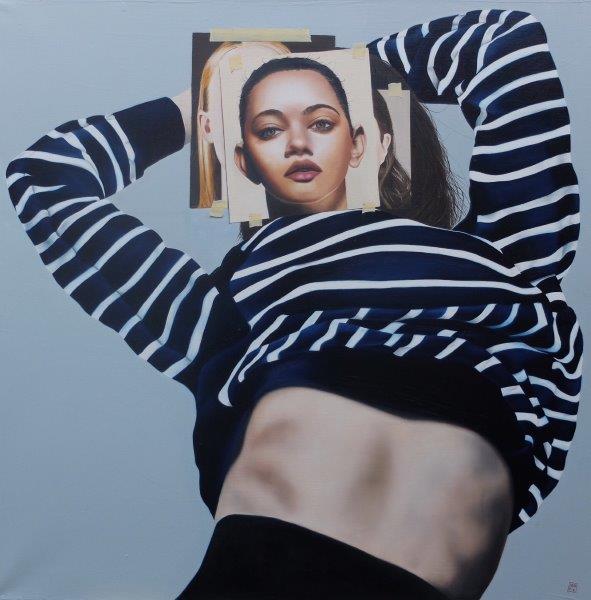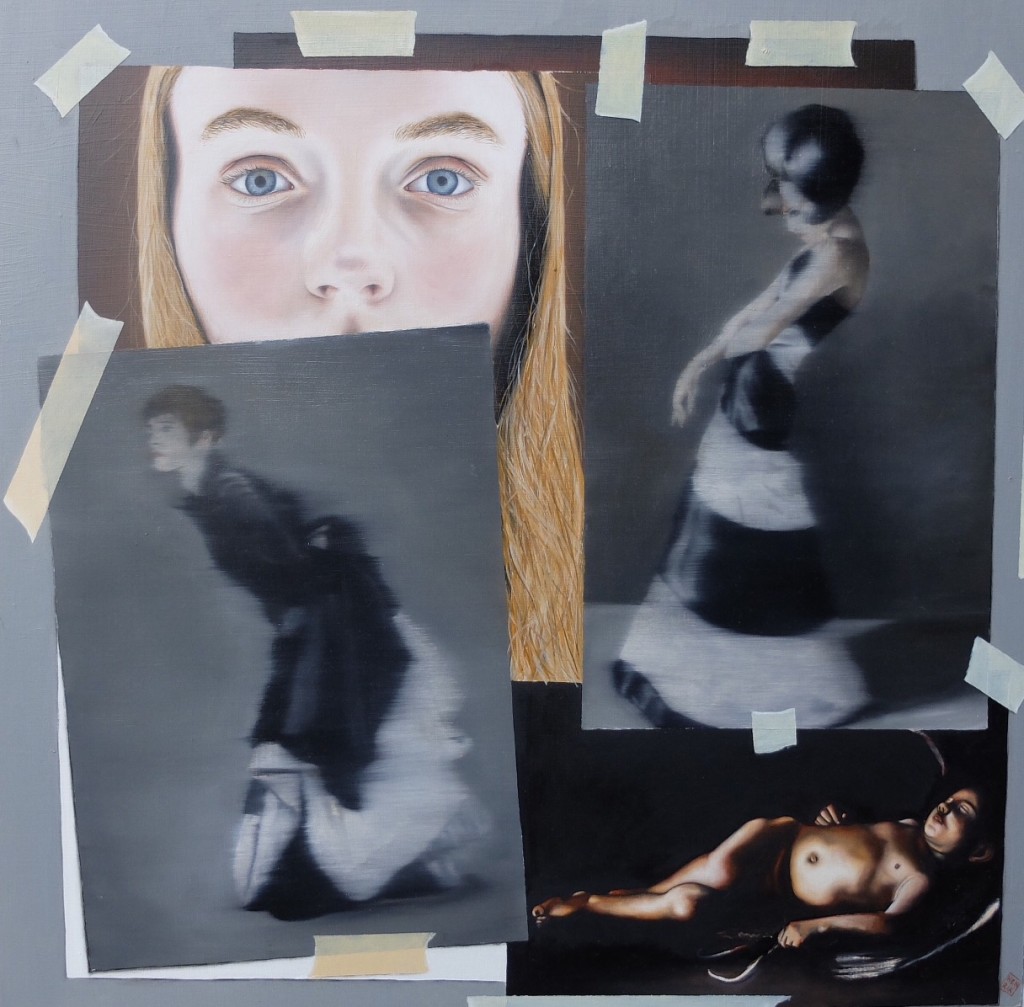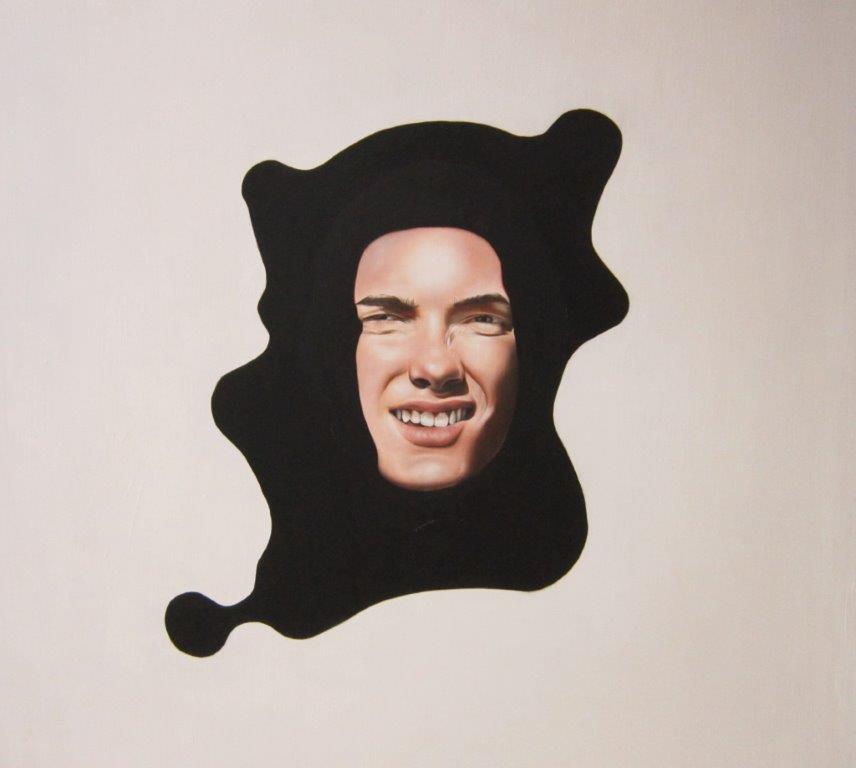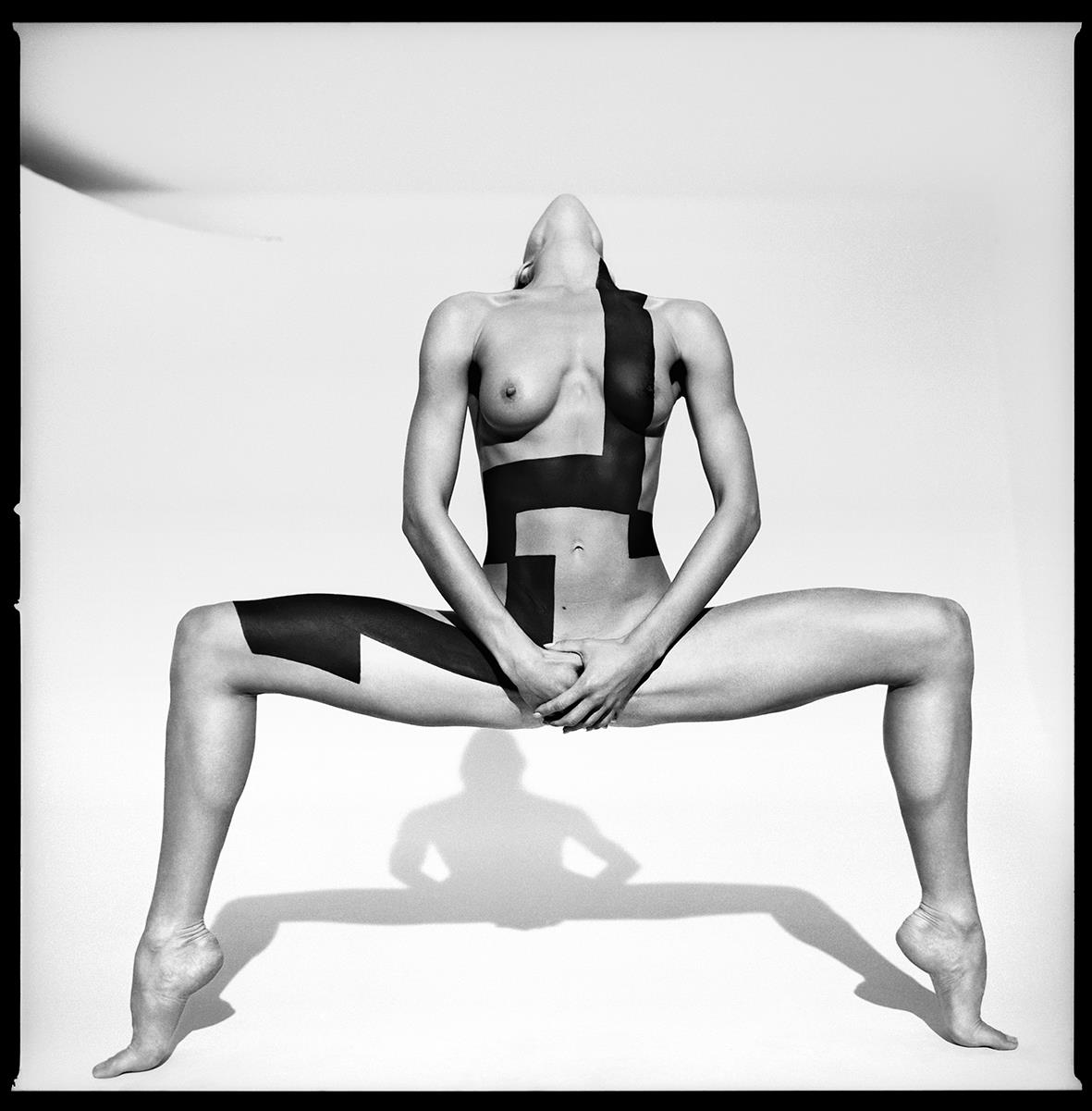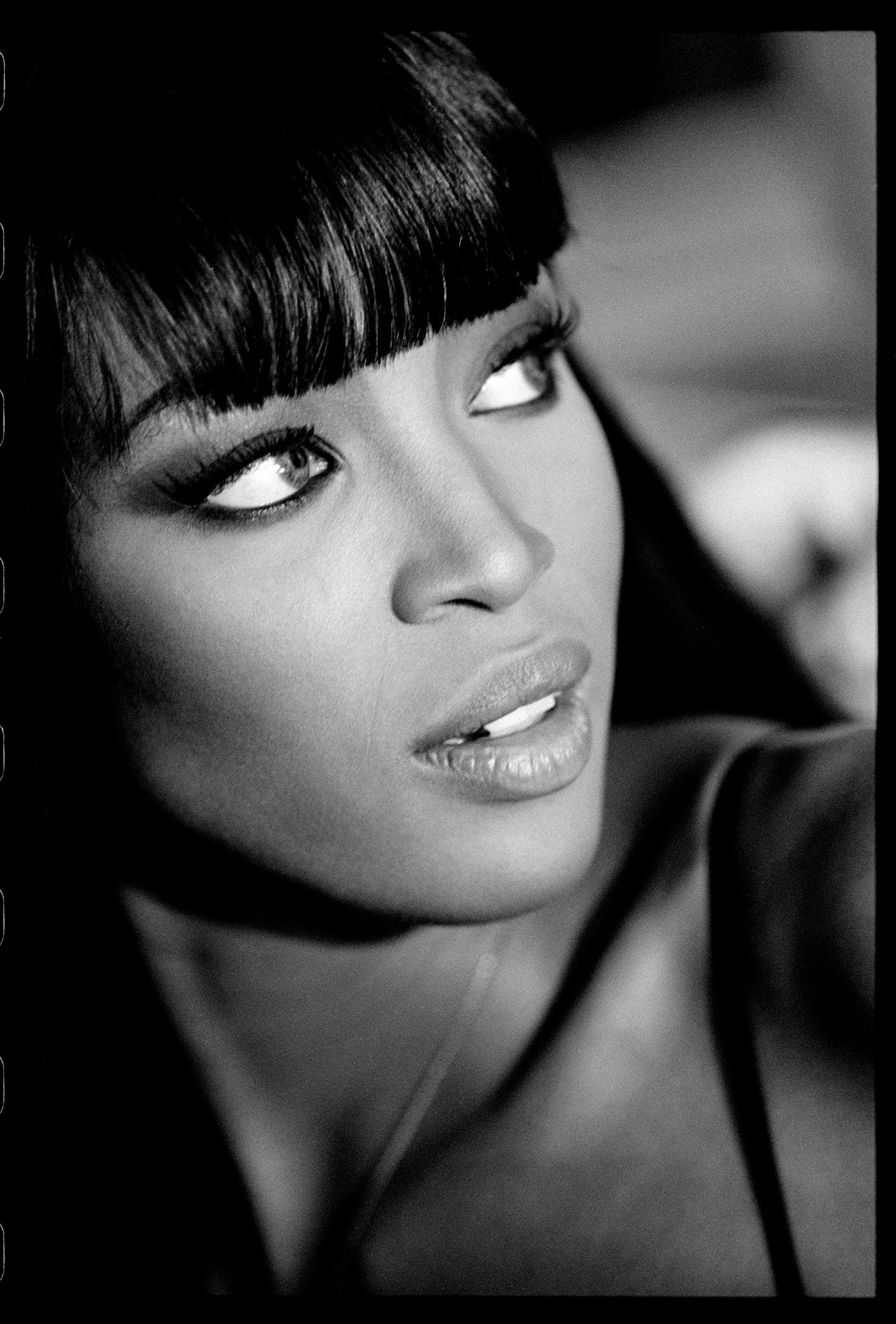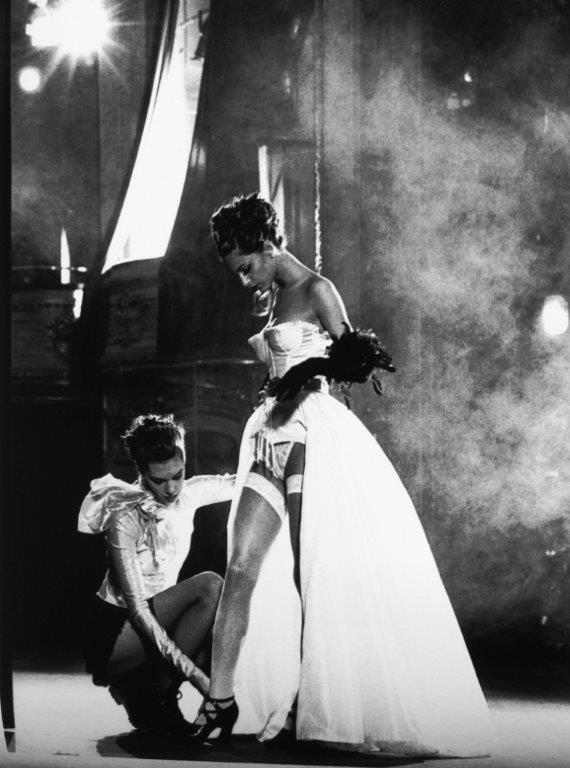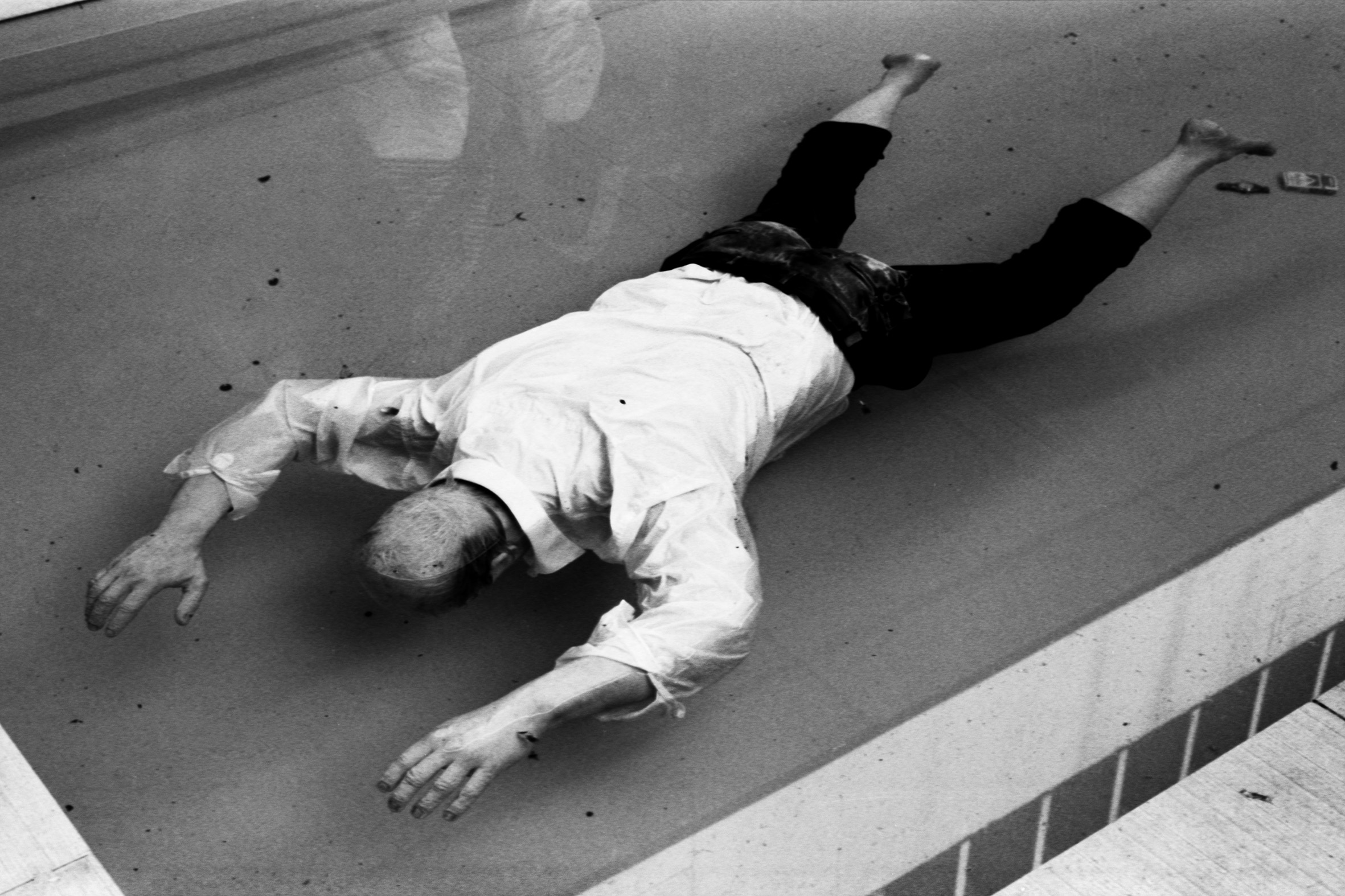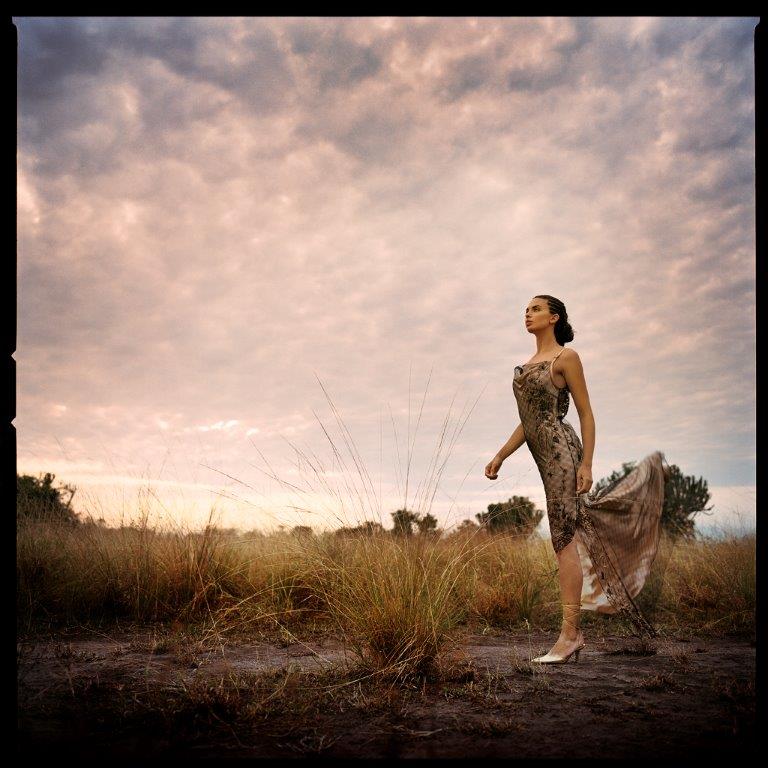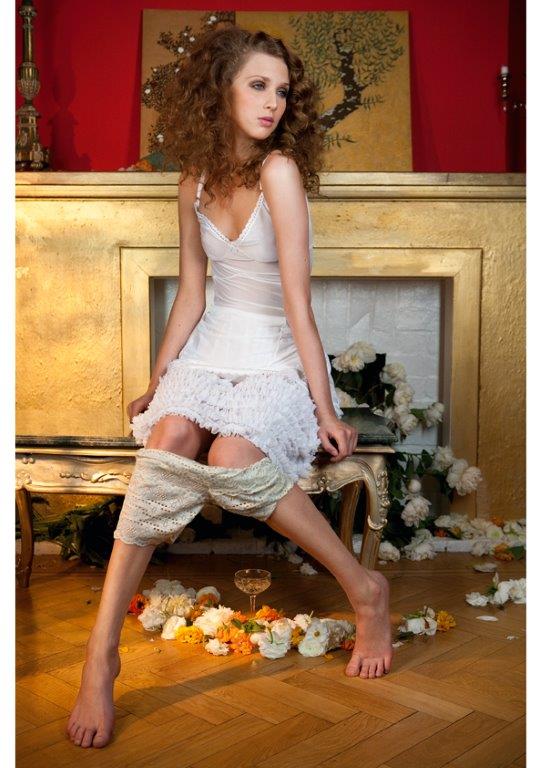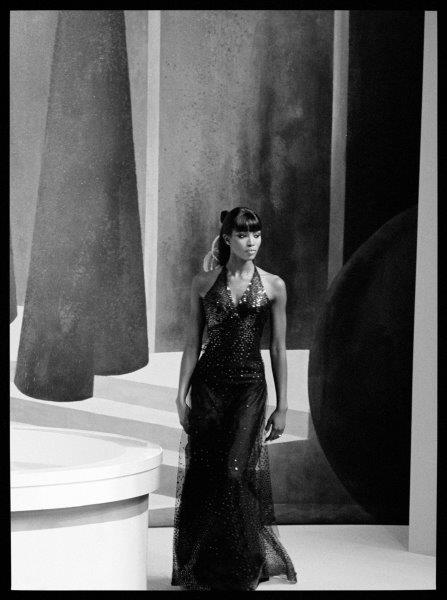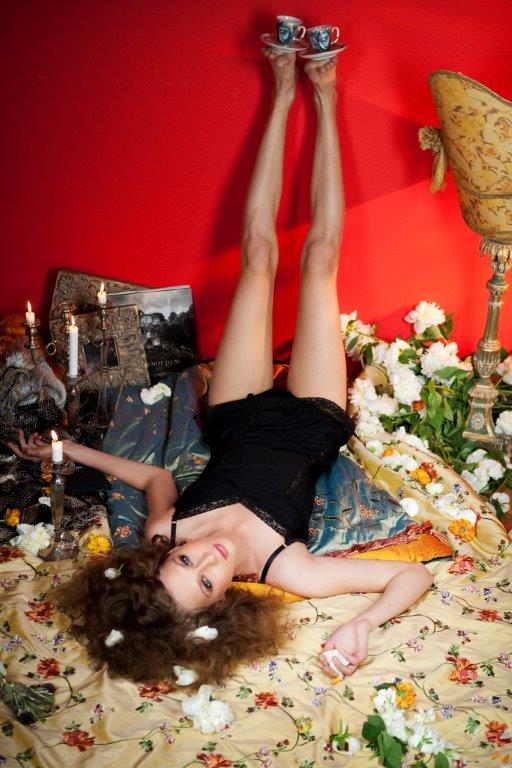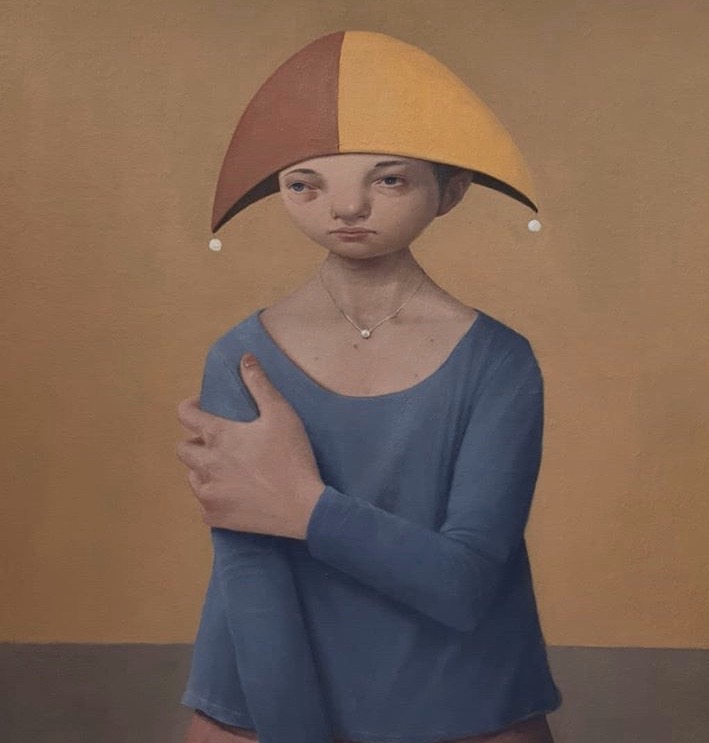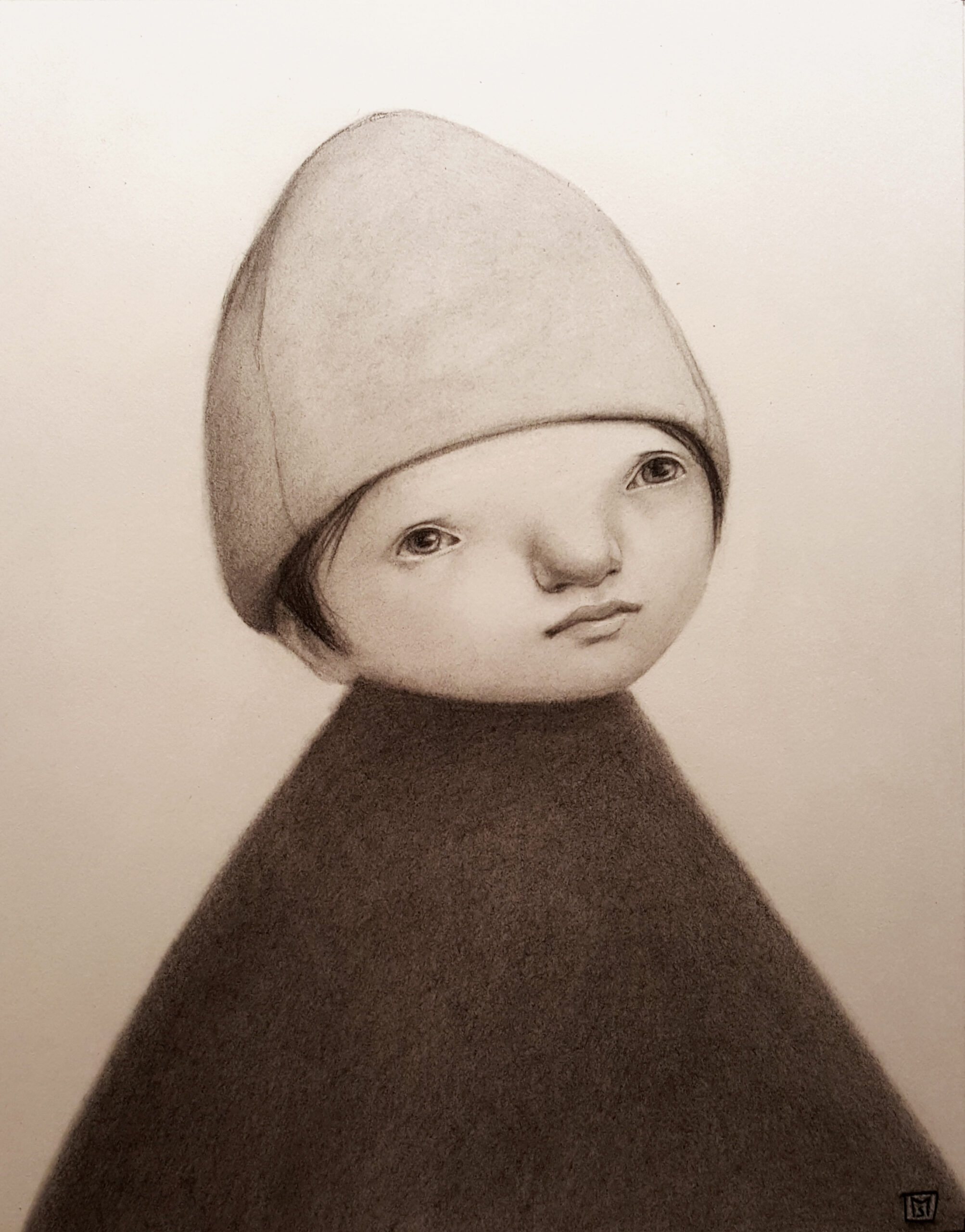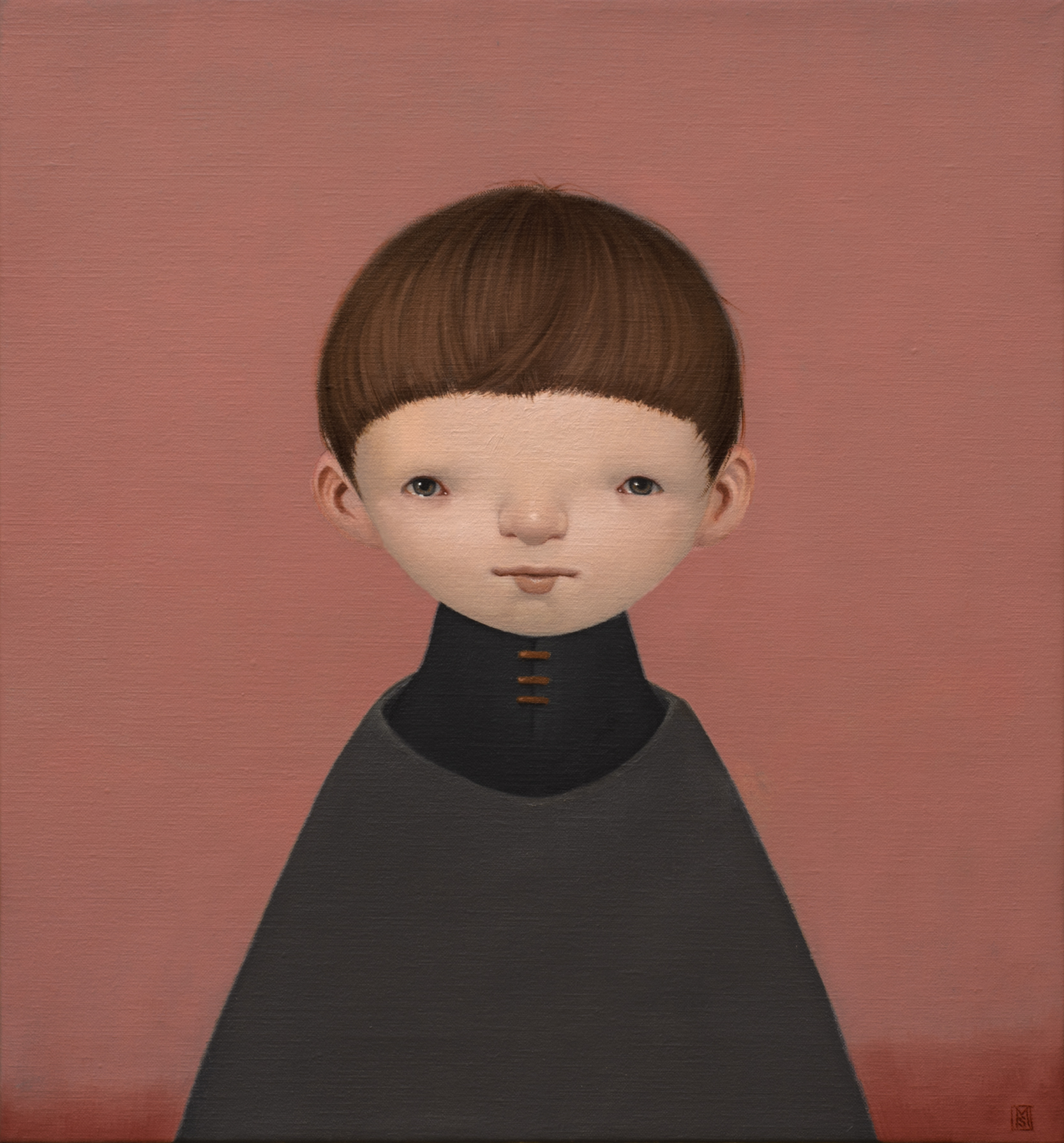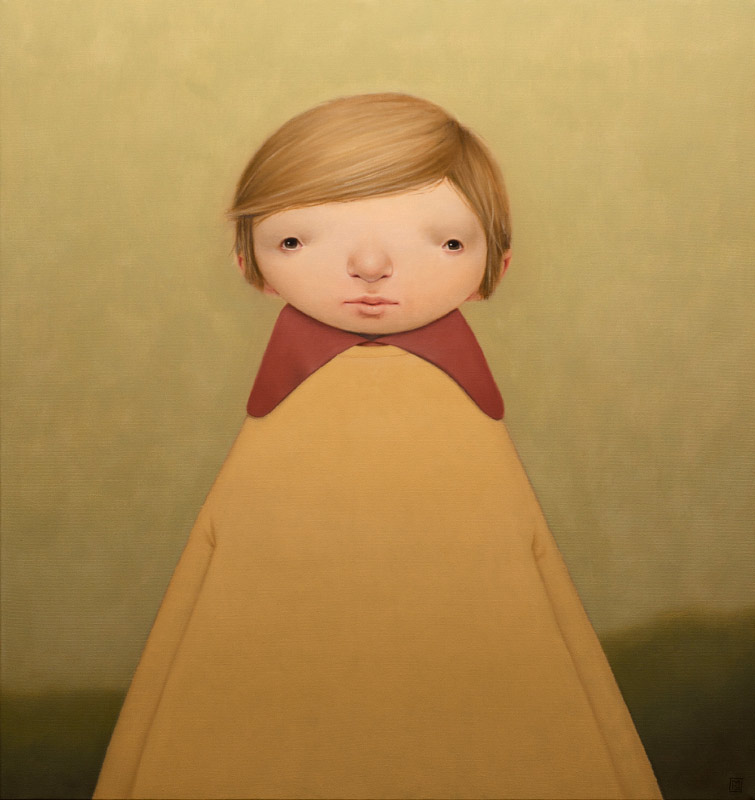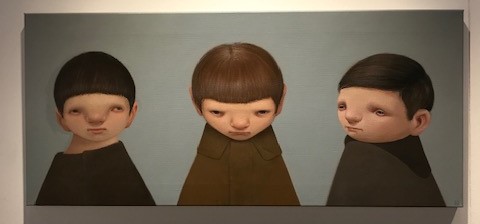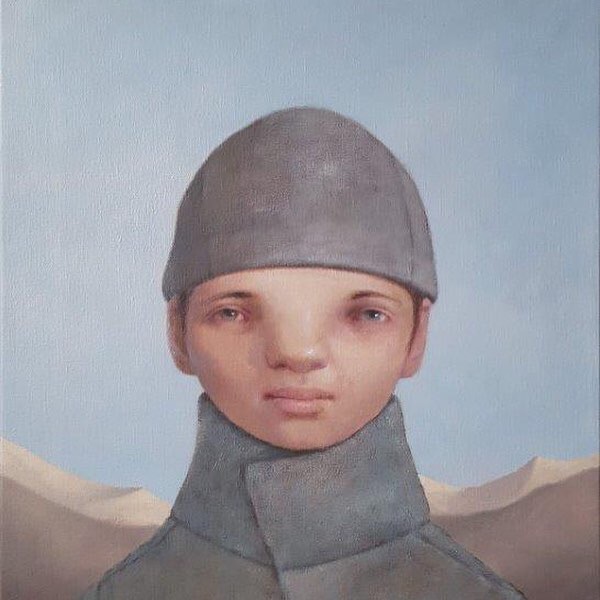
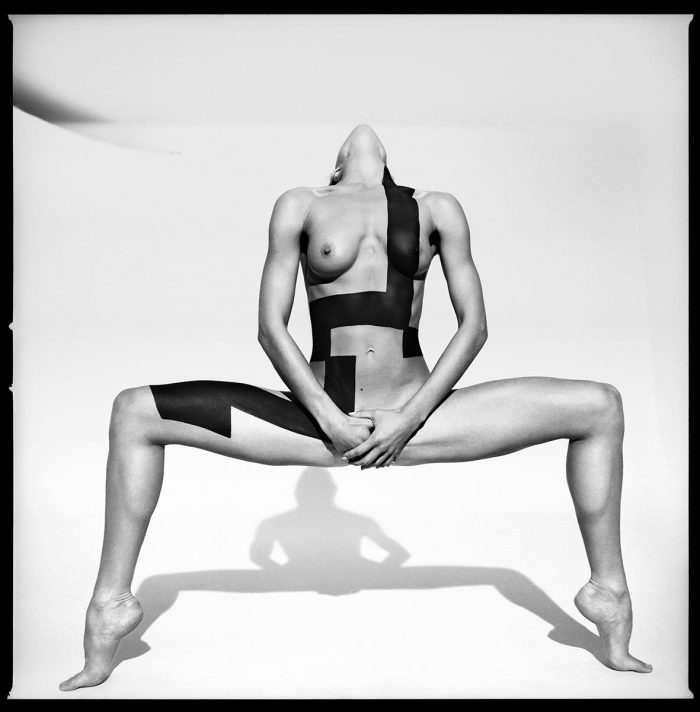
Ewa-Mari Johansson
Ewa-Mari Johansson studied documentary film making at The New School for Social Research in New York in the seventies, Arnold Eagle (he collaborated with Man Ray) became her mentor. She continued to study art photography at UCLA.
When she started working as a fashion photographer in New York she was helped by Patrick Demarchelier, who let her use his studio, allowing her to create her own portfolio. Believing in the potential of Ewa-Mari. Xavier Moreau (at this time Helmut Newton’s agent) suggested her to start her career in Milano. The move turned out to be successful with a first editorial work for Vogue Bellezza in 1983.
She has since then published numerous editorials in fashion and photo journals, she has shoot international advertising campaigns, participated in and had solo photo exhibits at museums and galleries, the first one in 1992 at Il Diaframma in Milano. She is an established photographer with broad experience, for five years during 2009 to 2013 she taught photography at Berghs School of Communication, Stockholm. Today she lives and works between Stockholm and Milano.
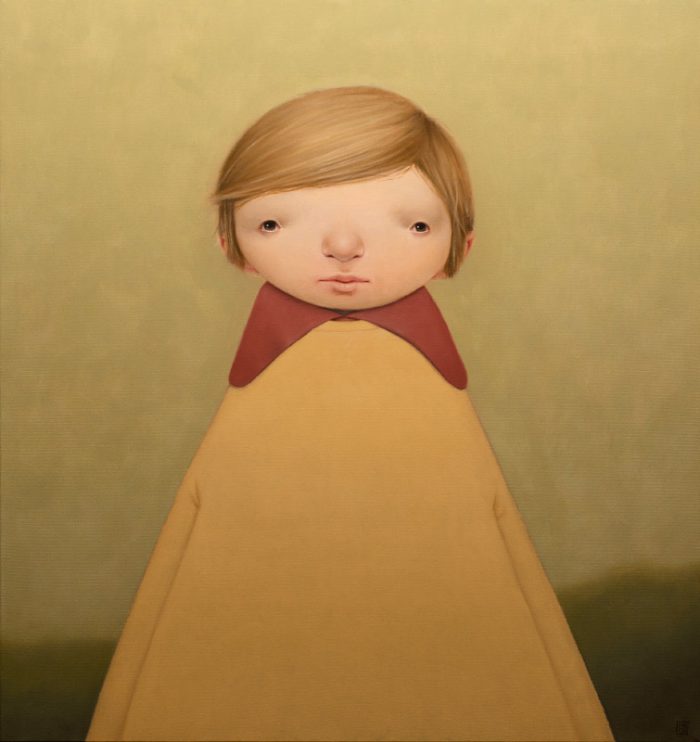
Mattias Sammekull
Matttias Sammekull (born 1972, Stockholm) – is one of Sweden’s most intriguing contemporary figurative painters. His technical splendor is obvious, a craftsmanship gained from many years of thorough studies of the old masters.
His visual language is clearly influenced by Italian and north European renaissance painters as well as 20th century surrealism and contemporary popculture.
Sammekull’s realm of motifs always centre around the figure, alone or in a group. His work is distinguished by an intense study and deep examination of the human psyche and our universal and fundamental emotions.
Tranquility, the sense of a frozen moment in time, is an ever present ingredient in his body of work, as is an electrical charge leaving few unaffected.
His figures emerges from both the subconscious and his imagination, yet still they have roots in the artist’s memories, emotions and dreams.
The others, as Sammekull calls his distorted figures, are recognized by their weak shoulders and big clumsy hands. They exist in an alternative reality, a secret and inaccessible world not that different from ours. But still they manage, with their intense gazes and seductive presence, to bridge the distance between the painter’s inner hidden world and the spectator.
